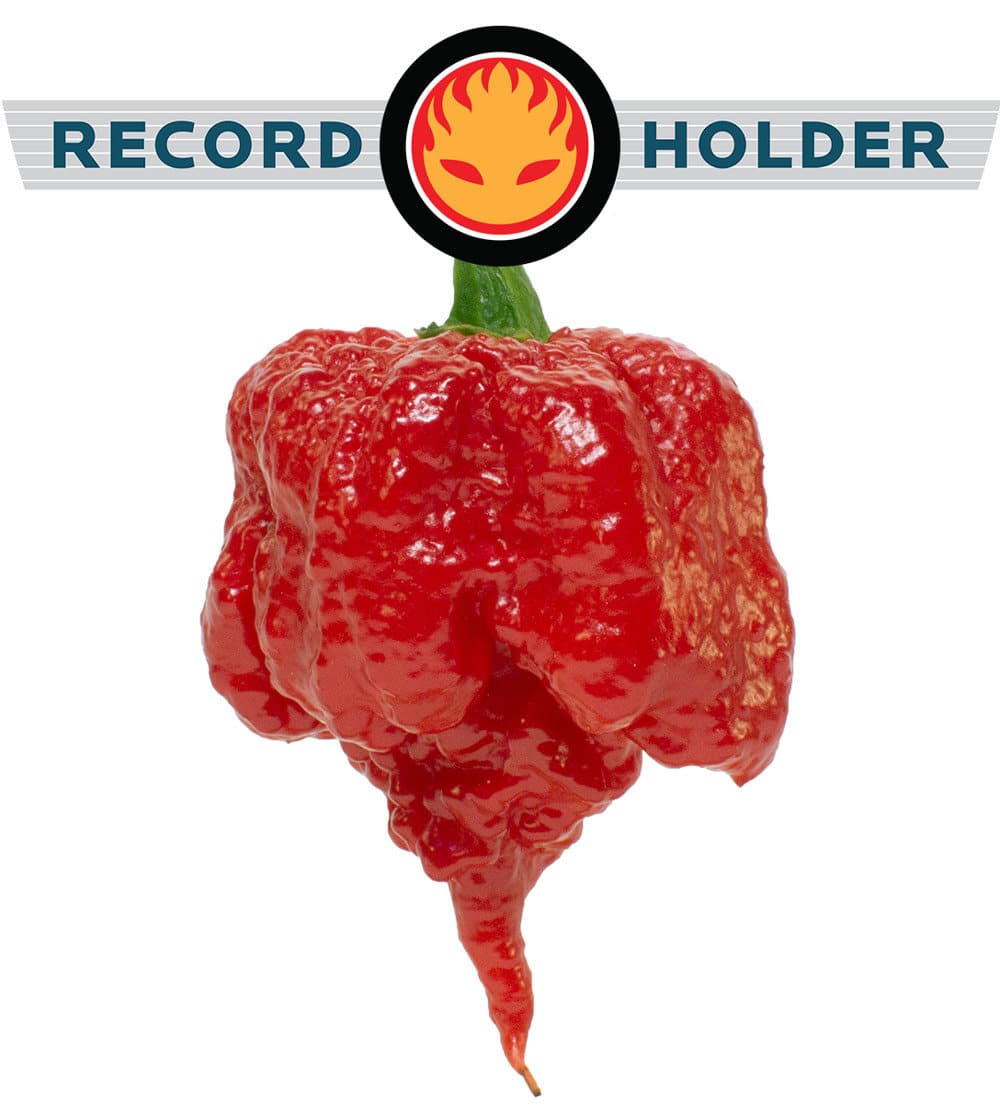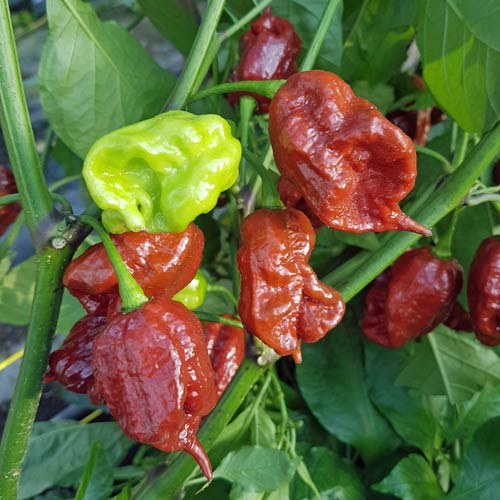


The mechanical transfer of genetic material outside of natural reproductive methods and between genera, families or kingdoms, poses great biological risks as well as economic, political, and cultural threats.

For the benefit of all farmers, gardeners and consumers who want an alternative, we pledge that we do not knowingly buy or sell genetically engineered seeds or plants. We must protect this foundation as a safe and genetically stable source for future generations. "Agriculture and seeds" provide the basis upon which our lives depend. The cross will show up in the genetics of the seeds, if you save them. Don’t worry though, as it will not affect the fruit of this year’s crop. To minimize this possibility, don’t plant hot and sweet peppers too close. Occasionally, they will cross pollinate from pollen carried by bees or other insects. Fungal infections can be treated with fungicides. While many viruses and diseases can affect Peppers, it is somewhat infrequent. For the infrequent problem, try an organic insecticide or dust. Spider mites and aphids are the most common, with an occasional borer. Pests & Diseases: Several insects enjoy your pepper plants. Simply pull the plants from the ground and hang them upside down in a cool, dry place. Harvest peppers for drying when they start to turn red. Hot peppers are good to eat fresh, dry or pickle. Storing: Store sweet peppers for up to two weeks in a spot that ranges from 50 to 55☏. Bell pepper plants may produce 6 to 8 or more fruit per plant. The number of peppers per plant varies with the variety. Hand clippers can be used to cut peppers from the plant to avoid excessive stem breakage. Be careful when breaking the peppers from the plants, as the branches are often brittle.
#Carolina reaper seeds full#
Other peppers are usually harvested at full maturity. However, if they are allowed to ripen on the plant they will be sweeter and higher in vitamin content. Harvesting: Bell peppers are usually picked green and immature but when they are full-sized and firm. The result is a great looking bushy, green plant, but few fruit.ĭays to Maturity: Most peppers take 60 to 80 days to mature. Gardeners often make the mistake of providing too much nitrogen. Watering: Keep the soil evenly moist especially when the fruits are developing, peppers need about an inch of water a week.įertilizer: As the peppers develop, switch over to a fertilizer higher in Phosphorous and Potassium. Water plants thoroughly after transplanting. Space plants 18″ inches apart in rows 24″ inches apart or more. Pepper seeds can be a difficult seed germinate, and seedlings grow slowly. Planting: Peppers are best started indoors, eight to ten weeks or more before the last frost date for your area. The plants are not particularly sensitive to soil acidity, but best results are obtained in the 6.0 to 6.8 pH range. Pepper plants grow best in warm, well-drained soils. Ideal temperatures are 70 to 80☏ during the day, and 60 to 70✯ at night. Planting should be delayed until the danger of frost has past. Peppers plants thrive best when temperatures are warm.


 0 kommentar(er)
0 kommentar(er)
